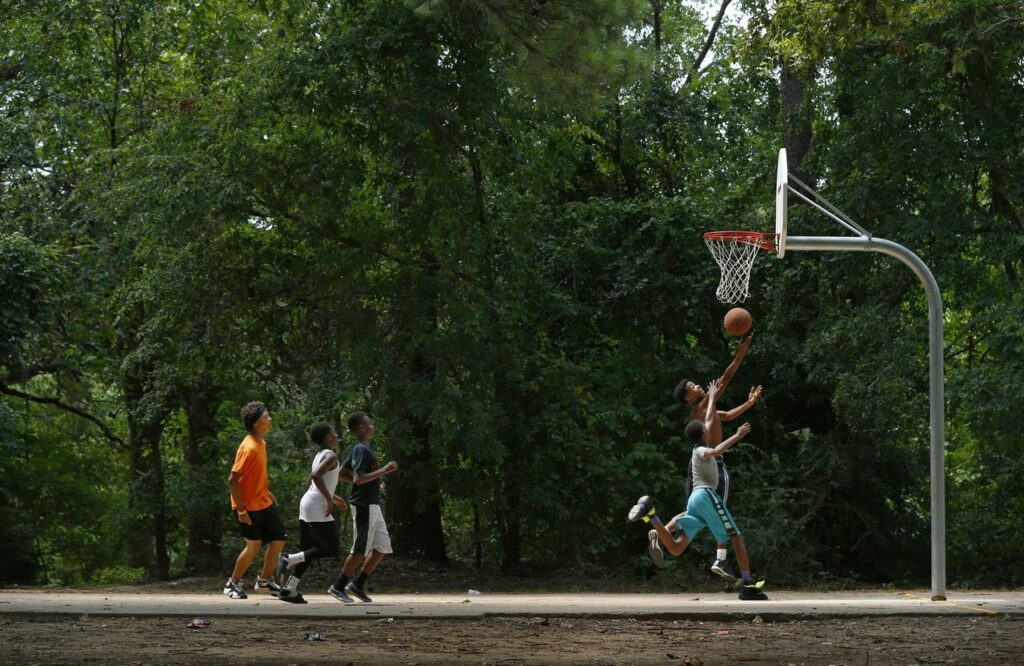Toxic Tuesdays
CHEJ highlights several toxic chemicals and the communities fighting to keep their citizens safe from harm.
Particulate Matter and Mental Health
Outdoor air pollution is one of the biggest environmental threats to public health, causing an estimated 4 million premature deaths worldwide each year. One common component of air pollution is particulate matter (PM), which is a mixture of dust, chemicals, and liquid droplets. PM is primarily released into the air by industrial facilities that perform mixing and combustion. When people inhale PM in the air, it gets into their lungs and bloodstream, worsening existing lung diseases and even causing lung disease, heart disease, and lung cancer. Very fine particulate matter less then 2.5 micrometers in diameter – called PM2.5 – is especially dangerous. It can penetrate deep into the lungs and bloodstream, eventually reaching many other organs. PM2.5 exposure can cause lung and heart diseases and is also associated with diabetes, cognitive impairment, and dementia. PM2.5 exposure also increases the chance of dying from COVID-19 infection.
While the effects of long-term PM2.5 exposure on physical health are well established, less is known about how it affects psychological and mental health. A recent study in the journal Environmental Health used mental health data from The Irish Longitudinal Study on Ageing (TILDA), a nationally-representative study of 8,504 adults age 50 and over in Ireland. Data on TILDA participants has been collected every 2 years since 2009 and includes many health and wellness factors. It also includes information about participants’ residential addresses throughout their lives. The study in Environmental Health matched TILDA participants’ reported residential addresses from 1998 to 2014 with the average annual PM2.5 concentration at those addresses. It then assessed how that average annual PM2.5 exposure was related to participants’ 2014 self-reported mental health indicators in the TILDA: depression, anxiety, worry, stress, and overall quality of life. The study controlled for demographic and socioeconomic factors like age, sex, marital status, employment status, education, and health status to better attribute differences in mental health to PM2.5 exposure.
The study found that higher PM2.5 exposure was strongly associated with higher risk of depression and anxiety. PM2.5 exposure was not associated with differences in worry, stress, or overall quality of life. The authors speculate that different aspects of mental health may be differentially impacted by factors such as length of exposure, age at exposure, and exposure to other pollutants. While the association between PM2.5 exposure and depression and anxiety is striking, it is important to note that the study is not designed to determine if PM2.5 exposure directly caused depression and anxiety.
Several studies in the past few years have suggested that short-term PM2.5 exposure is associated with mental health changes such as depression, anxiety, bipolar disorder, schizophrenia, and suicidality. However, this study is one of the few that has assessed the effects of long-term PM2.5 exposure, which is particularly relevant because most real-life exposure to PM2.5 tends to persist for long periods of time. It adds to a growing body of scientific evidence that environmental hazards are associated with decreased mental health and wellbeing.
This study is also an important advance because it demonstrates that exposure to low PM2.5 levels can still have harmful effects on health. The average annual PM2.5 exposure in this study was 7.67 μg/m3. In contrast, the national average PM2.5 level in the US is 8.4 μg/m3, and 90% of the world population live in areas with average annual PM2.5 levels above 10 μg/m3. (The EPA’s interactive air quality map that shows current PM pollution can be found here.)
The National Ambient Air Quality Standards has determined that the maximum safe concentration of PM2.5 in outdoor air to be 9 μg/m3. The results from this study suggest that this is not a health protective standard, and adverse mental health effects can occur at PM2.5 levels below this value. The World Health Organization’s global air quality guidelines recommend a maximum annual PM2.5 level of 5 μg/m3. This standard is more health protective, but this study demonstrates that long-term exposure to low levels of PM2.5 can still significantly impact health.
Learn about more toxics
Nitrogen Oxide
Nitrogen oxides are a group of gaseous chemicals. The two most relevant nitrogen oxides are
Benzidine
Pyrethrins are a class of naturally occurring compounds derived from chrysanthemum flowers. They have been


